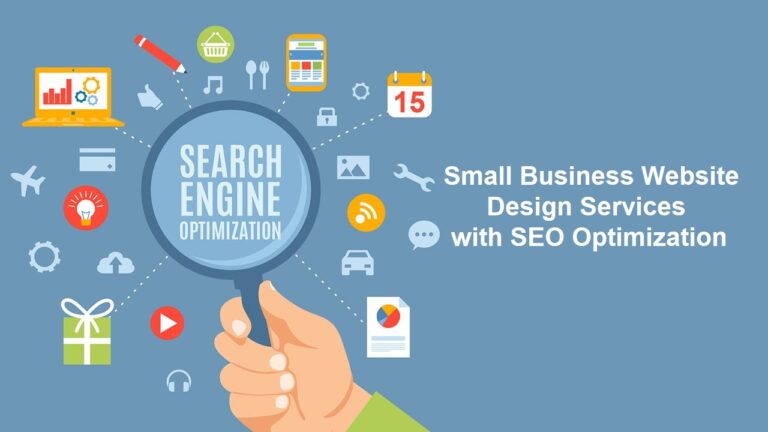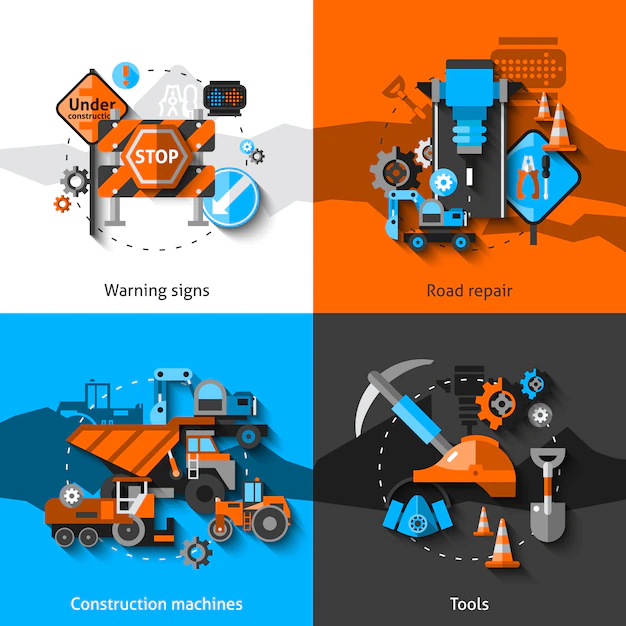Why You Shouldn’t Ignore Mobility Issues: Signs and Solutions
Mobility issues can sneak up on you. One day, you’re moving around with ease, and the next, you might start noticing stiffness and difficulty with simple movements. Although these issues can often feel like just another part of getting older or dealing with minor injuries, they’re worth paying attention to. Addressing mobility concerns early on can prevent them from worsening and help you maintain independence for years to come.
Signs You May Need Help
Mobility issues can start small and gradually become more noticeable, making solutions like home visit physiotherapy a necessity. Being aware of these early signs can help you catch them before they affect your daily life:
- Frequent Stiffness or Pain: If you find yourself frequently waking up with stiffness or you’re experiencing persistent pain in your joints or muscles, it may be time to seek advice. Pain and stiffness often indicate that your body needs help to improve flexibility and strength.
- Difficulty Walking or Standing: Struggling with balance, having a hard time walking without support, or feeling discomfort when standing for extended periods are significant indicators of mobility challenges.
- Reduced Range of Motion: Whether it’s trouble reaching overhead or bending down, reduced range of motion in any area can suggest a need for assistance. This issue can impact your ability to complete everyday tasks.
- Increased Risk of Falls: Falls are a leading cause of injury, particularly for older adults. If you feel unsteady or have already experienced a fall, it’s crucial to address this as soon as possible.
Common Solutions for Mobility Issues
Physiotherapy Exercises
One of the most effective ways to improve mobility is through physiotherapy exercises. A personalized exercise plan can strengthen muscles, improve joint flexibility, and reduce pain. Common exercises focus on stretching, strengthening, and balance:
- Stretching Exercises: Regular stretching improves flexibility and helps reduce stiffness in the muscles and joints.
- Strengthening Exercises: Targeted exercises can build muscle strength around your joints, providing more stability and reducing pain.
- Balance Exercises: If you’re prone to falls, balance exercises can be beneficial. These exercises improve coordination, reducing the risk of falls and injuries.
Assistive Devices
Depending on the severity of your mobility issues, assistive devices such as walkers, canes, or mobility scooters can help you move more freely. A physiotherapist can recommend the right device based on your specific needs and teach you how to use it properly.
Lifestyle Adjustments
- Incorporating Movement into Your Routine: Even gentle activities like walking, yoga, or tai chi can help maintain mobility over time.
- Healthy Nutrition: A balanced diet can improve bone health and muscle strength, which are essential for mobility.
- Ergonomic Adjustments at Home: Simple changes like adding grab bars in the bathroom or using chairs with armrests can make daily tasks easier and reduce strain.
When to Seek Professional Help
Sometimes, lifestyle changes alone aren’t enough. If you find that your mobility issues are persisting or worsening, consider reaching out for professional assistance. Home visit physiotherapy services provide a convenient way to access expert help without leaving the comfort of your own space.
A physiotherapist can evaluate your condition, create a customized treatment plan, and help you set realistic goals for improving your mobility. They specialize in understanding the underlying causes of mobility issues. They can offer insight into how to better support your body and can provide techniques to improve your strength, flexibility, and balance.
Remember, it’s never too late to start working on your mobility. Whether you’re experiencing mild discomfort or more serious mobility limitations, there are steps you can take to improve your situation. By addressing these issues now, you’re investing in a healthier, more active future for yourself. So, why wait? Start today and embrace a future full of movement and possibilities.
Keep an eye for more news & updates on NextForbes!






